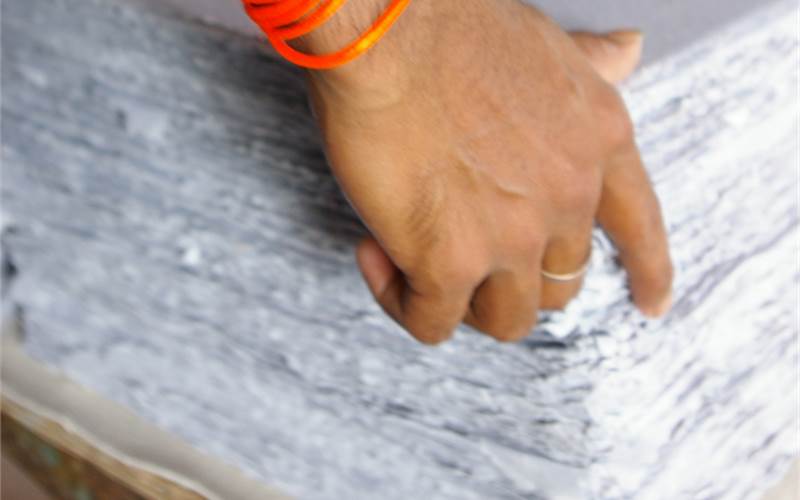PaperTech 2019 highlights the rise of Indian paper industry
With a growth rate of 6-7%, India is the fastest growing market in the world for paper. However, inadequate raw material availability and government’s policy of extending preferential tariff treatment to import of paper under the free trade agreements (FTAs) has left the industry exposed to cheaper imports hurting domestic manufacturing, experts stated at the 13th edition of PaperTech 2019 held at Hyderabad.
30 Sep 2019 | By Dibyajyoti Sarma
PaperTech was jointly organised by CII and the Indian Paper Manufacturers Association (IPMA) and is aimed at making Indian Paper Industry world class.
India represents an island of growth for the global industry. Expanding middle class, urbanisation, rise in disposable incomes and growth in print media are providing a fillip to consumption of paper in India.
In his special address, AS Mehta, president, Indian Paper Manufactures Association (IPMA), said, “Lifestyle changes are also leading to increase in packaging levels across different FMCG products and since paper is environment friendly, being fully recyclable and biodegradable, it is preferred over many other materials.”
Speaking on the occasion, Sanjay Singh, chairman, PaperTech 2019 said, PaperTech has been an exemplary effort by CII and IPMA, which has led to lot of sharing of best practices across the industry leading to significant savings in water and energy usage.
According to IPMA, the paper industry has managed to bring down its energy consumption by about 20% in the last five years. Integrated paper mills in India now generate 50-60% of the power they use by utilising the black liquor from the pulping process. In the first two cycles of PAT (perform achieve trade) scheme of the government, the paper industry significantly over-achieved the mandated stiff targets for energy saving.
On the water front, a few years ago, paper industry used to consume 200 cubic metres of water to produce a tonne of paper. Now, the integrated mills have reduced that to 50 cubic metres. Efforts are on to bring it further down to 35-40 cubic metres.
Meanwhile, KS Kasi Viswanathan, managing director, SPB, was felicitated for his long association and significant contribution to the Indian paper industry.
For the last several years, IPMA has been partnering with CII in organising PaperTech with the theme of ‘make Indian pulp and paper industry world class’ with the support of all the stakeholders. The objective is to facilitate continuous improvement of energy, water and environmental performance in Indian paper industry and help Indian paper mills in achieving world class standards.












 See All
See All